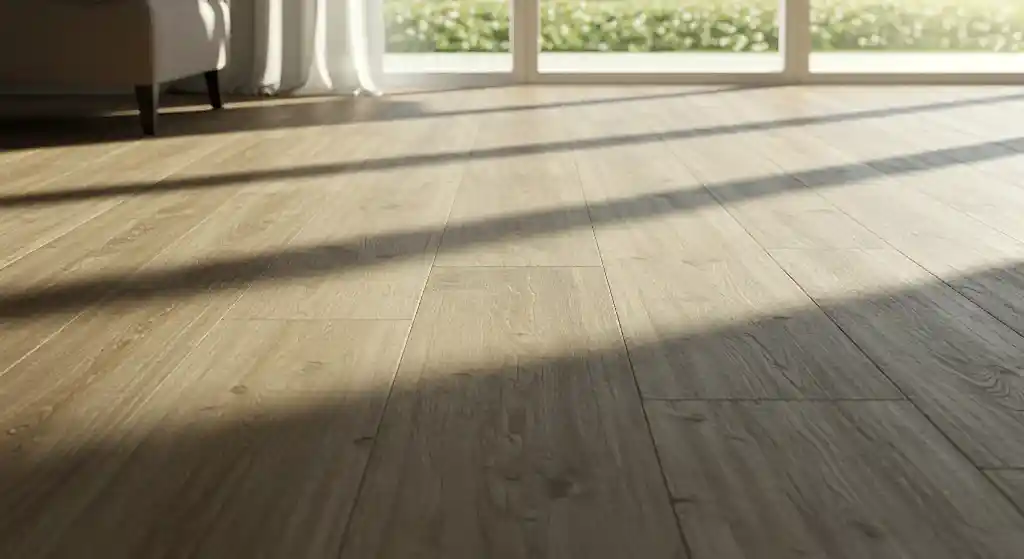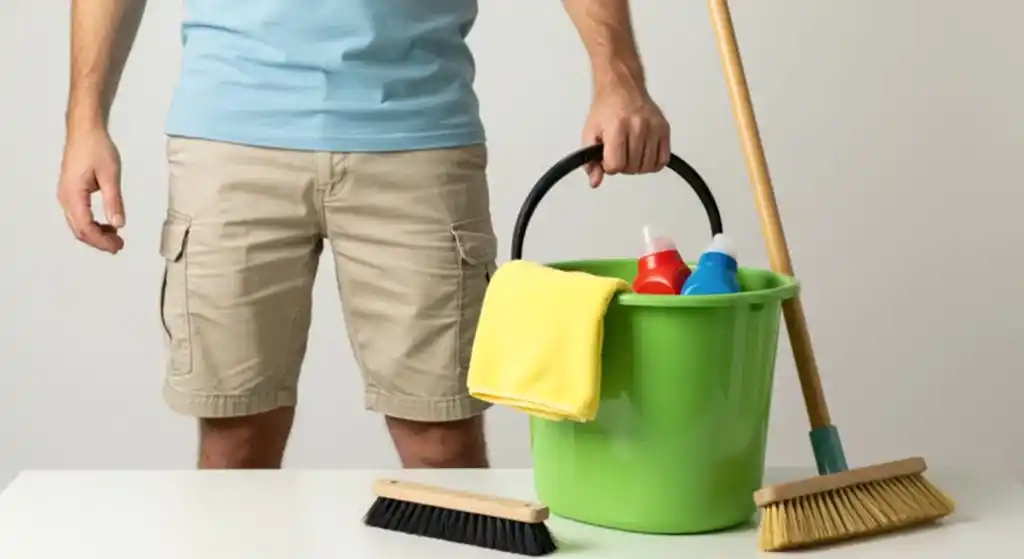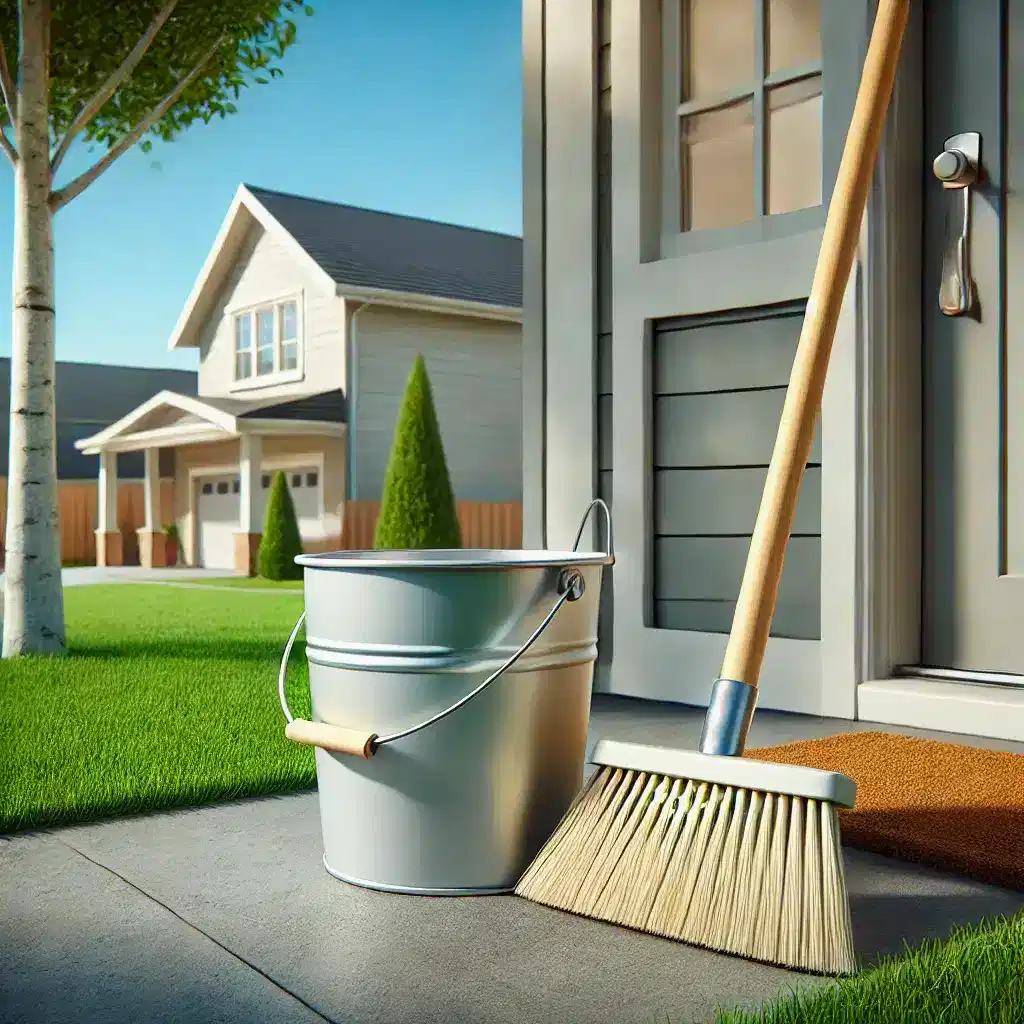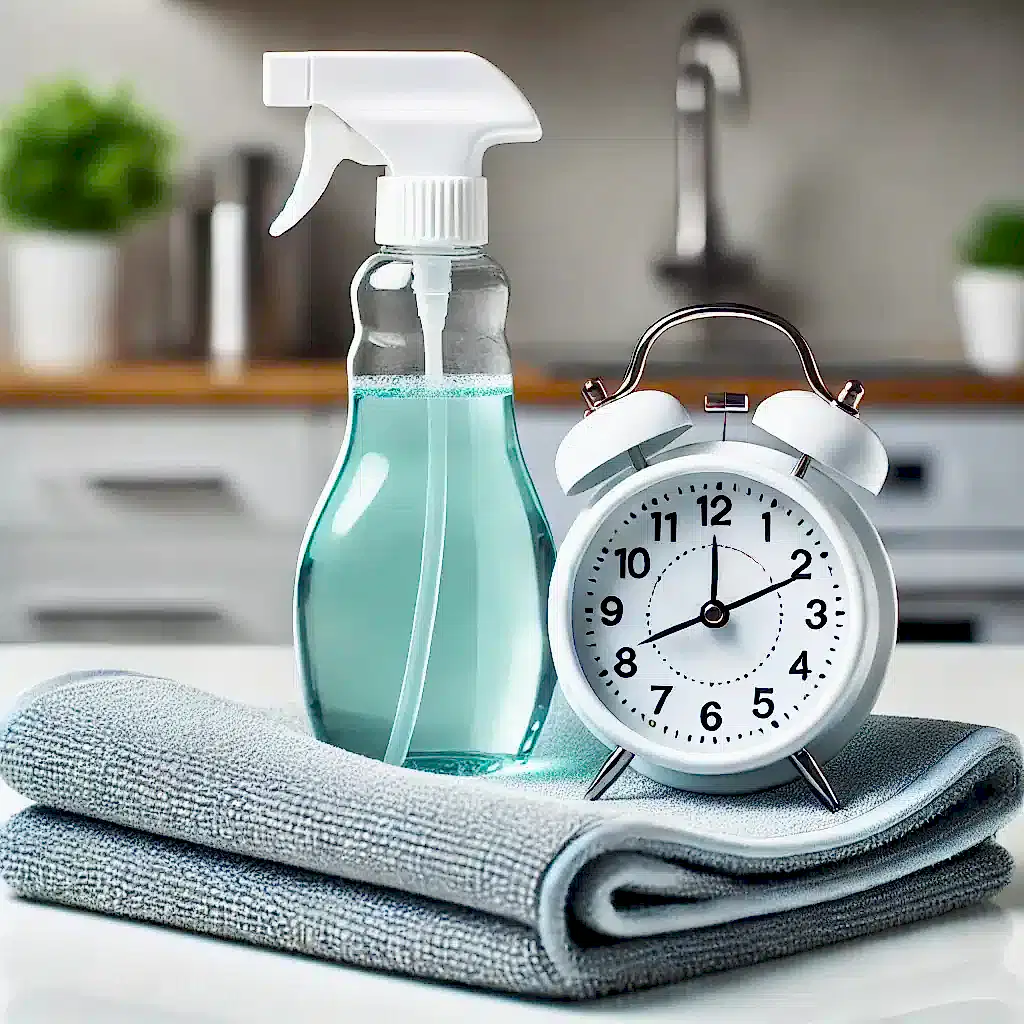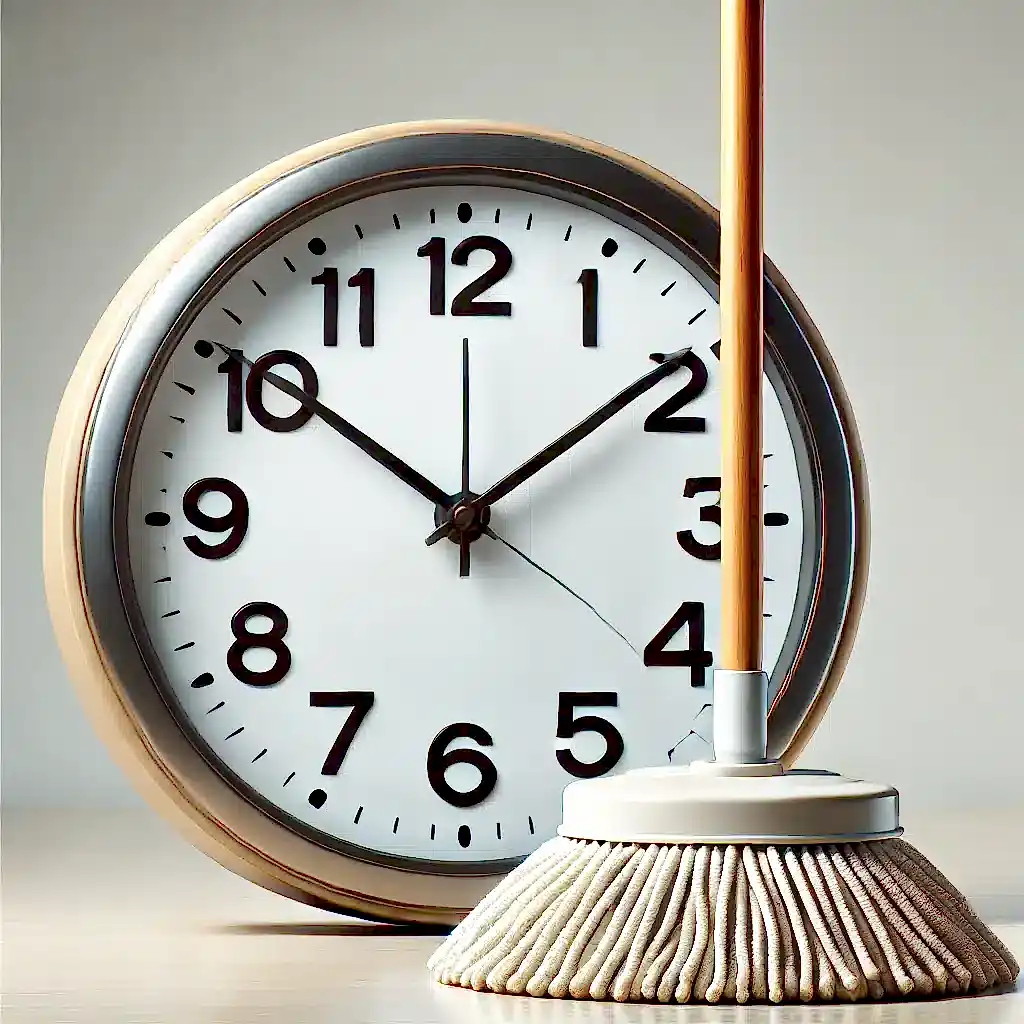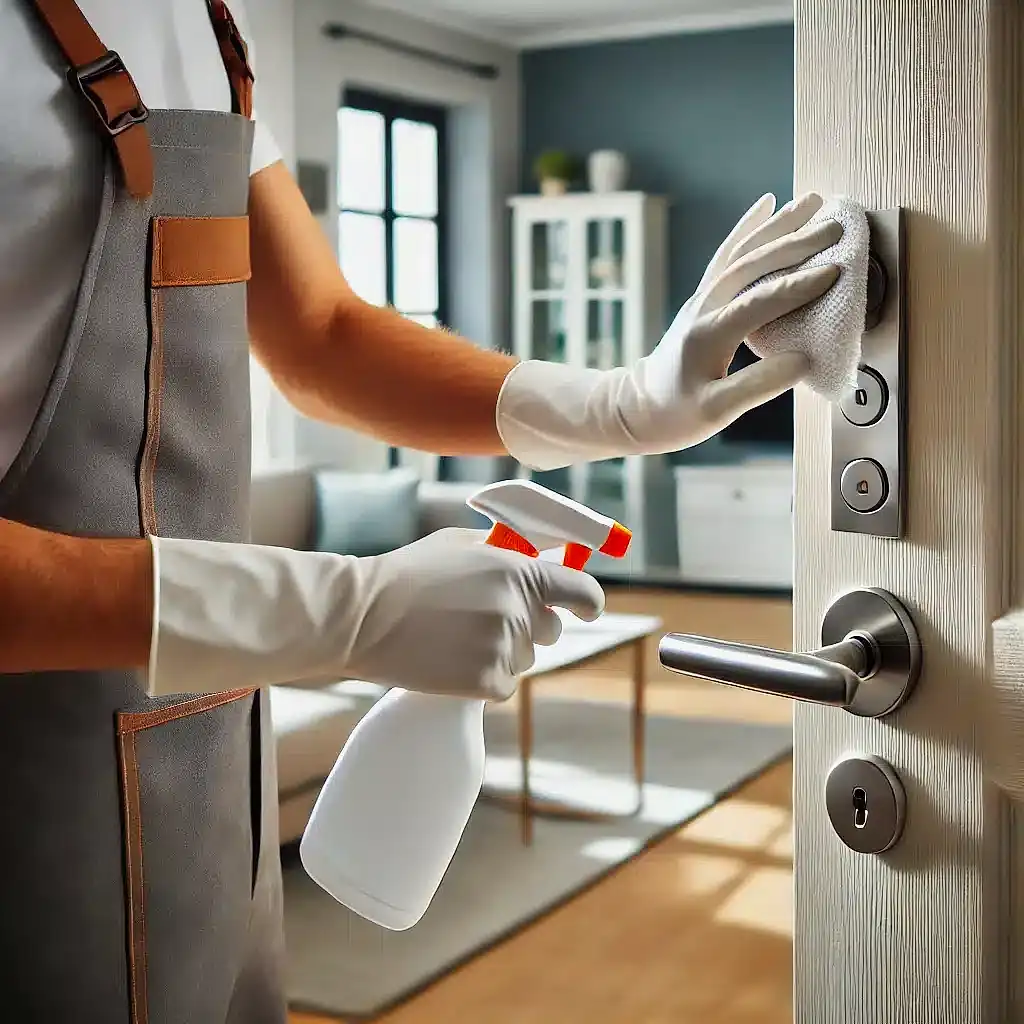Deep Cleaning Services in Leslieville, We Do It Right!
Leslieville is one of Toronto’s most vibrant and charming neighborhoods, known for its trendy cafes, historic homes, and lively community. But with busy city life, keeping your home spotless can feel overwhelming. That’s where our professional deep cleaning services in Leslieville come in! We specialize in giving your home the attention it deserves, tackling the dirt, dust, and grime that build up over time. Whether you need a one-time deep clean or regular maintenance, our team is here to help. Why Choose Our Deep Cleaning Services in Leslieville? Unlike standard cleaning, deep cleaning services in Leslieville goes beyond surface-level dusting and wiping. We focus on those hidden, hard-to-reach spots that accumulate grime over time. Our team is trained to tackle the toughest cleaning jobs, from scrubbing kitchen appliances to disinfecting bathrooms and polishing floors. Here’s why Leslieville residents trust us: Experienced Professionals – Our skilled cleaners know exactly how to handle even the most stubborn messes. Eco-Friendly Products – We use safe, non-toxic cleaning supplies that are effective and family-friendly. Customizable Services – Need extra attention on a specific area? We tailor our cleaning to meet your needs. Reliable & Punctual – We respect your time and ensure our team arrives on schedule, ready to clean. Satisfaction Guaranteed – Your happiness is our priority, and we won’t leave until the job is done right. What’s Included in Our Deep Cleaning Service? Our deep cleaning service covers every inch of your home, focusing on areas that are often neglected in routine cleaning. Here’s what you can expect: Kitchen Deep Cleaning The kitchen is one of the busiest areas in any home, making it a hotspot for grease, stains, and bacteria. Our deep cleaning service includes: Scrubbing countertops and backsplashes to remove grease and food residue. Cleaning and disinfecting sinks and faucets to eliminate germs. Wiping down cabinets and drawers to remove dust and spills. Deep cleaning stovetops, ovens, and microwaves to break down stubborn grease. Washing refrigerator shelves and drawers to keep your food storage sanitary. Bathroom Sanitization Bathrooms require special attention to maintain hygiene and freshness. Our deep cleaning includes: Scrubbing and disinfecting toilets, tubs, and showers to remove soap scum and mildew. Cleaning sinks and mirrors for a streak-free shine. Wiping down tiles and grout to eliminate dirt buildup. Sanitizing high-touch surfaces like light switches and doorknobs. Living Room & Bedroom Cleaning Your living and sleeping areas should be cozy and clean. We focus on: Dusting and wiping down furniture to remove allergens. Vacuuming and mopping floors for a fresh and polished look. Cleaning under furniture to remove hidden dust and dirt. Washing windows and mirrors to enhance natural light. Vacuuming upholstery and mattresses for a fresher feel. Floor & Carpet Cleaning Floors can trap dust, dirt, and allergens. Our deep cleaning services in Leslieville include: Vacuuming carpets and rugs to remove embedded dirt and pet hair. Mopping hardwood, tile, and laminate floors for a spotless finish. Treating stains and high-traffic areas to keep your floors looking new. Dust & Cobweb Removal Over time, dust builds up in areas that are easy to overlook. Our team: Cleans baseboards, vents, and ceiling fans to reduce allergens. Removes cobwebs from ceilings and corners for a fresh look. Wipes down doors and window sills to remove dust buildup. The Benefits of Professional Deep Cleaning Healthier Home Environment Deep cleaning removes allergens, bacteria, and dust mites, improving indoor air quality. This is especially beneficial for families with kids, seniors, or pets. Extends the Life of Your Home Regular deep cleaning preserves the condition of your floors, furniture, and appliances, saving you money on repairs and replacements in the long run. Stress-Free Living A clean home promotes relaxation and peace of mind. With our services, you can focus on what matters most while we handle the cleaning. Perfect for Special Occasions Hosting a party? Expecting guests? Adeep cleaning services in Leslieville ensures your home is in perfect condition for any event. Who Needs Deep Cleaning Services in Leslieville? Busy Professionals – No time to clean? We’ll handle it for you. Families with Kids & Pets – We remove pet hair, spills, and allergens to keep your home fresh. Homeowners Preparing to Sell – A spotless home makes a great impression on buyers. New Homeowners & Renters – Start fresh with a professionally cleaned space. Post-Renovation Cleanups – We get rid of dust and debris left behind by construction. How Often Should You Get a Deep Clean? For most homes, a deep clean every 3-6 months is ideal. However, if you have pets, allergies, or a busy household, you may benefit from more frequent deep cleaning services in Leslieville. We also offer regular maintenance cleaning to keep your home consistently fresh. Book Your Deep Cleaning in Leslieville Today! Don’t let dirt and dust pile up—let the cleaning experts in Leslieville handle the hard work for you! Whether you need a one-time refresh or ongoing deep cleaning, we’re here to help. Get a Free Quote Today! Contact us to schedule your deep cleaning appointment. We guarantee professional, reliable service that leaves your home sparkling clean.
Deep Cleaning Services in Leslieville, We Do It Right! Read More »

